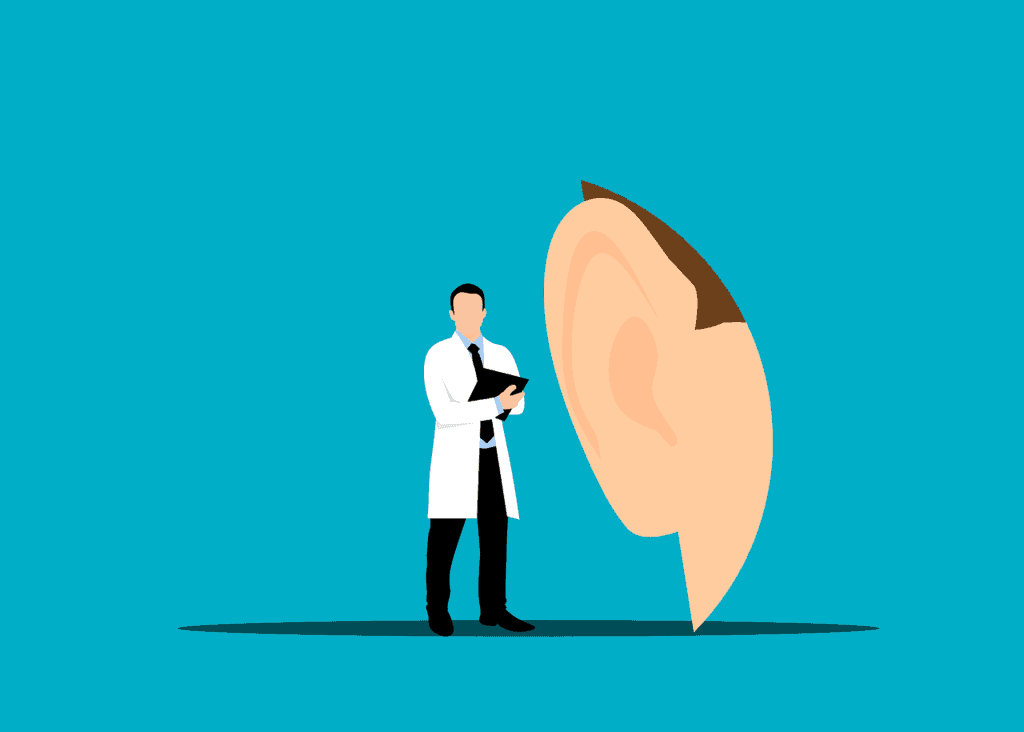A team from the University at Buffalo has developed a simple, non-invasive way to diagnose three common ear diseases. The new system involves an audio test that uses an audio chirp to map out the ear structure in conjunction with Bluetooth earphones and a deep learning AI system.
The EarHealth system uses a pair of Bluetooth earphones modified with inward-facing microphones and linked to a smartphone application. The device works by chirping an audio signal into the user’s ear, then recording the sound’s reverberation time as it travels through the ear canals. This allows the system to profile each user’s specific inner ear shape.

A reading is taken from the user with a sonar-like audio chirp when they are healthy to create a baseline. Then, the test is repeated regularly to check for changes. In human trials with 92 participants, the system diagnosed three common conditions that change the ear’s geometry with an accuracy of 82.6% only by looking for changes in the inner ear.
It recognized three common ear conditions: ruptured eardrums, earwax blockage, and ostitis media, a common ear infection. Furthermore, it could spot them before they become significant issues in many cases.

Zhanpeng Jin, Ph.D., the lead author of a study published by the ACM, explained:
“With EarHealth, we have developed what we believe is the first-ever earbud-based system that monitors ear health conditions in an effective, affordable and user-friendly way. In addition, because it has the potential to detect these conditions very early, it could greatly improve health outcomes for many people.”
The researchers aim to increase the system’s accuracy by examining the potential influence of ear hair, prior eardrum irritation, and other variables on readings. However, the system appears efficient, practical, and user-friendly enough to gain universal acceptance for regular, super-fast ear exams.
EarHealth is still in its infancy, and there are some limitations. For example, the system cannot be used to identify more complex ear problems such as otosclerosis or chronic middle ear infections. It also does not work well if users wear glasses or hearing aids. However, it is much cheaper than current methods and could be useful for screening large populations.
